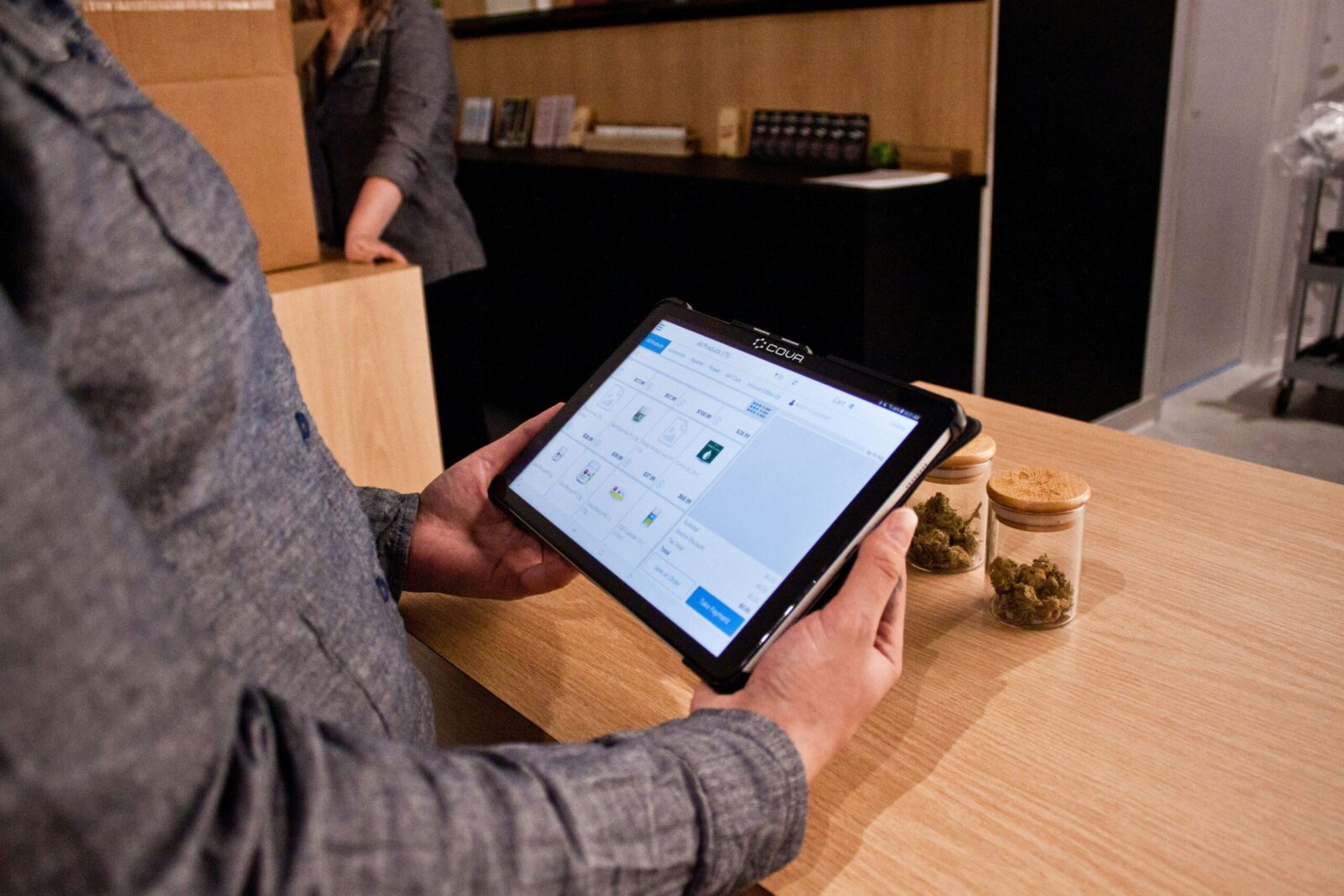Automated Spend Analysis: Key Benefits
Introduction: Controlling expenses and optimising procurement procedures are essential for growth and profitability in a complicated corporate environment. Organisations seeking...

Get 20€ off on your first order!
One of the most impactful company operations is indirect spending control. Managing this spend category might be difficult, but good methods and practices can fix many cash flow and financial concerns for small and medium-sized organisations. This financial control relies on procurement spend analysis. Finance teams have visibility to make changes and flexibility to develop.
This article explains expenditure analysis. Will learn:
Understanding where every dollar goes is the first step to managing company finances. Spend analysis organises, verifies, examines, and reports business spending to improve decision-making.
Spend analysis helps you prepare and use data. It involves these steps:
Data improves decision-making, and spend data provides insights that help organisations navigate any economy. Spend analysis is often connected with cost minimization, but the insights acquired optimise spend.
Spend analysis has numerous more benefits for teams and businesses:
Increased visibility: Poor visibility is one of the easiest ways to lose capital, especially in a young or fast-growing organisation when expenses and investment grow quickly. Increased visibility from spend monitoring helps businesses maintain cash flow and optimise expenses. It also helps the organisation grow and devote future cash to stable projects.
Improved cost management: Indirect spend is difficult to optimise but crucial to control. Operations and marketing costs are predictable with spend analysis and price benchmarking. From this data, teams may better anticipate product costs and choose supply partners with solid pricing and support.
Better process efficiency: Spend analysis relies on organisations organising and tracking finance data. Companies often improve processes after analysing spend. Build a clear and repeatable data organisation method while designing a spend analysis function. Centralise purchases, spend controls, and reports on a spend management platform. Stronger spend analysis processes boost the benefits of this crucial business strategy.
More productivity: Visible purchasing reduces team members’ time seeking assistance. Visibility helps buyers make expenditure requests and vendor selection decisions by showing how spending affects the budget. Contributors spend less time seeking finance, vendor approval, and fulfilment. It allows them concentrate on high-value, positive activities.
Stronger negotiations: Spend research helps organisations understand their purchase habits and trends, giving them more negotiating power with suppliers. Strong expenditure analysis helps companies find partnering suppliers. After finding reliable vendors, negotiating for better rates and discounts is crucial to long-term supplier partnerships.
Better budget allocation: Spend analysis helps finance teams streamline budgeting with data. Financial teams can allocate resources to the right budget pools, find reinvestment opportunities, and accurately estimate future spending demands by reviewing past expenditure trends and budget utilisation. It also fosters a collaborative spending culture where leaders optimise initiatives and teamwork. Budget optimisation saves money for roadmap and operational actions to energise teams.
Procurement Spend analysis should be repeatable for better performance and reporting. Use these seven best practices to report purchasing data accurately and insightfully:
When defining an analytics goal, determine what data is needed, how it affects spending, and how to increase spend efficiency. Attach KPI metrics to each goal to track progress and define success.
Find all relevant data sources for your analysis. Contact stakeholders to gather data from all relevant departments and systems, such as enterprise resource management, marketing, finance, and customer relationship management.
Ideally, use procurement or spend analysis tools to centralise data. Clean up duplicates, fix gaps, and assure data quality for your analysis. You may boost organization-wide confidence in spend data by keeping it clean and accurate.
The ideal case scenario involves collecting, scanning, and digitising all digital and non-digital data (such as paper bills or contracts) for future searchability. Arrange data from all channels according to a taxonomy after verification. Data management allows for more extensive financial analysis, which influences future initiatives through correct spend categorization.
Link spending to vendor accounts, projects, and categories. Adding these fields to a database during data prep enables for a more detailed examination afterward.
Analysis and reporting should support your goal. Establish a workflow to verify, report, and analyse data to better spend optimisation over time.
Teams can track finance performance KPIs after data collection and analysis. Cost per unit, spend-to-budget variation, and expected cash flow are useful measures. Monitoring these metrics helps financial process and spending modifications reach their goals. It also makes it easy to identify spending areas that require improvement or will change. It gives enough data for vendor lifecycle analysis and maintains competitive and beneficial connections.
To find relevant insights from spend analysis, you may need to look at several data categories. A spend analysis programme by finance can analyse numerous key spending categories.
Most organisations’ uncontrolled expenditure is indirect procurement spending, or tail spend.
This expenditure is mostly tiny, cheap purchases. Ad hoc orders, corporate cards, manager-approved spot buys, office supplies, and petty cash are examples.
Tail spend often follows the Pareto Principle (80/20 rule), where a small fraction of low-dollar purchases account for a large chunk of expenses. Tail spend analysis offers ways to cut waste, freeing up funds for growth.
Business supplier spend is money spent with vendors. Supplier spend analysis reveals the number of providers you use, how much you spend with each, and the contract parameters that affect those purchases.
By analysing supplier spend, you may be able to consolidate vendors and save on volume pricing. Negotiate better terms and price and develop supplier relationships with a chosen group of vendors using this data.
This research examines your spending on supplies, products, fixed assets, debt, labour, and other cost centres.
Category spend can highlight inefficiencies, steer budget allocations, or streamline expenses. Category management integrates high-ticket procurement with business needs and reduces expenses.
Item-level spend analysis is finer than category spend. You examine each line item to determine what your business requires (and doesn’t need) to function. It can uncover cost-cutting opportunities.
Spend analysis helps procurement teams meet needs and find savings, unlike negotiating pen prices, which can take time.
Adjusting payment net terms and supplier contract terms can increase cash flow and leverage. Analysing this data and negotiating term extensions can minimise periodic liabilities and boost cash capital efficiency.
It also lets you evaluate contract performance by comparing price and terms to industry benchmarks.
A parent firm with several locations is a good spend analysis example. Franchises run identical businesses across a region or nation. Supply chain standardisation and optimisation optimise financial and process performance for these companies.
Consider a gym chain. Individual locations often order and maintain supplies. This ensures each site has the materials it needs, but it can reduce process efficiency, visibility, and business leverage.
This gym brand’s cost analysis study might go like this:
The finance team imports all data from its sites for a similar period. This tool organises data from each location to view the whole purchase process.
The finance team then asks questions to compare performance and spending at each location:
Location ordering process? Do all sites use the same purchase requisition and approval process? If not, might streamlining these processes improve purchasing and minimise maverick spending?
How do each location receive items, and can geographically near locations centralise order and delivery to optimise the supply chain?
Using spend analysis review findings, the finance team may optimise procurement processes for spending and delivery. Consolidating vendors is a common area for change. The team may hunt for vendors that can serve all locations, supply backups or similar products in case of backstock, and give better bulk pricing by ordering for many sites. Vendor and contract simplification can save money.
Seeing the business through these lenses helps the finance team decide on each location’s budget, vendor connections, and process enhancements to make it more effective. These exercises generally help Finance balance allocation help lower-performing areas succeed.
After learning the basics of spend analysis, adopt these recommended practices to improve your procurement spend analysis programme:
Spend analysis is key to most finance goals. Start with a systematic, transparent data collection and reporting methodology when implementing spend analysis in your firm.
This starts before data creation with a strong approval workflow. Starting with the purchase requisition prequalifies all expenditure and sets rules for how and when money is spent.
The data collection mechanism should also be dependable. Without a mechanism to capture all data, reporting is unreliable.
Spend analysis initiatives are complex, multi-departmental. A project owner or point of contact for the spend analysis programme is essential for project completion.
This person collects data sources, works with vendors and internal stakeholders, and verifies incoming data. The stakeholder should have all the tools to organise data transparently and easily.
Real work begins when spend data is collected and analysed. With the insights from preparation, you can adjust spending and cut waste.
Real-time data can help prioritise spend categories, determine departmental spend goals, and streamline vendor lists and take advantage of volume discounts. Develop a strategy to implement findings.
Organisational consistency and precision are needed for spend analysis. Poor cost management sometimes fails due to typical concerns like:
Lack of process: Maverick expenditures and missing data collecting degrade data integrity without a solid process. Use an intake or buy requisition, approval workflow, departmental checklist, payment, and reporting procedure to standardise procurement. Document and train stakeholders on this procedure to ensure compliance.
Inconsistent data gathering: Spend analysis requires data collecting in one place. Data in isolated and decentralised systems is sometimes neglected. A centralised system with integration to collect data from all systems and sources is optimal.
Manual administration: Spreadsheet-based tracking and manual data entry lead to errors, missing data, and inconsistent reporting. Most purchasing programmes are too data-intensive for human processing. This is why 73% of Deloitte study respondents indicated their companies are moving towards intelligent automation. Use a cost analysis solution instead of Excel to avoid backlogs, delays, and errors that lower process value.
Thank you! You've signed up for our newsletter.


















Introduction: Controlling expenses and optimising procurement procedures are essential for growth and profitability in a complicated corporate environment. Organisations seeking...

Introduction No matter its size, organisation success depends on expense control. From freelancers to huge enterprises, software licences, marketing, and...

Introduction: Agile innovation has revolutionised IT and become the gold standard in software development. Its impact goes beyond IT, affecting...
Introduction: Controlling expenses and optimising procurement procedures are essential for growth and profitability in a complicated corporate environment. Organisations seeking...

Introduction No matter its size, organisation success depends on expense control. From freelancers to huge enterprises, software licences, marketing, and...

Introduction: Agile innovation has revolutionised IT and become the gold standard in software development. Its impact goes beyond IT, affecting...
Get 20€ off on your first order!
Save 30% by buying directly from brands, and get an extra 10€ off orders over €100
Save 30% by buying directly form brands, and get an extra 10€ off orders over €100